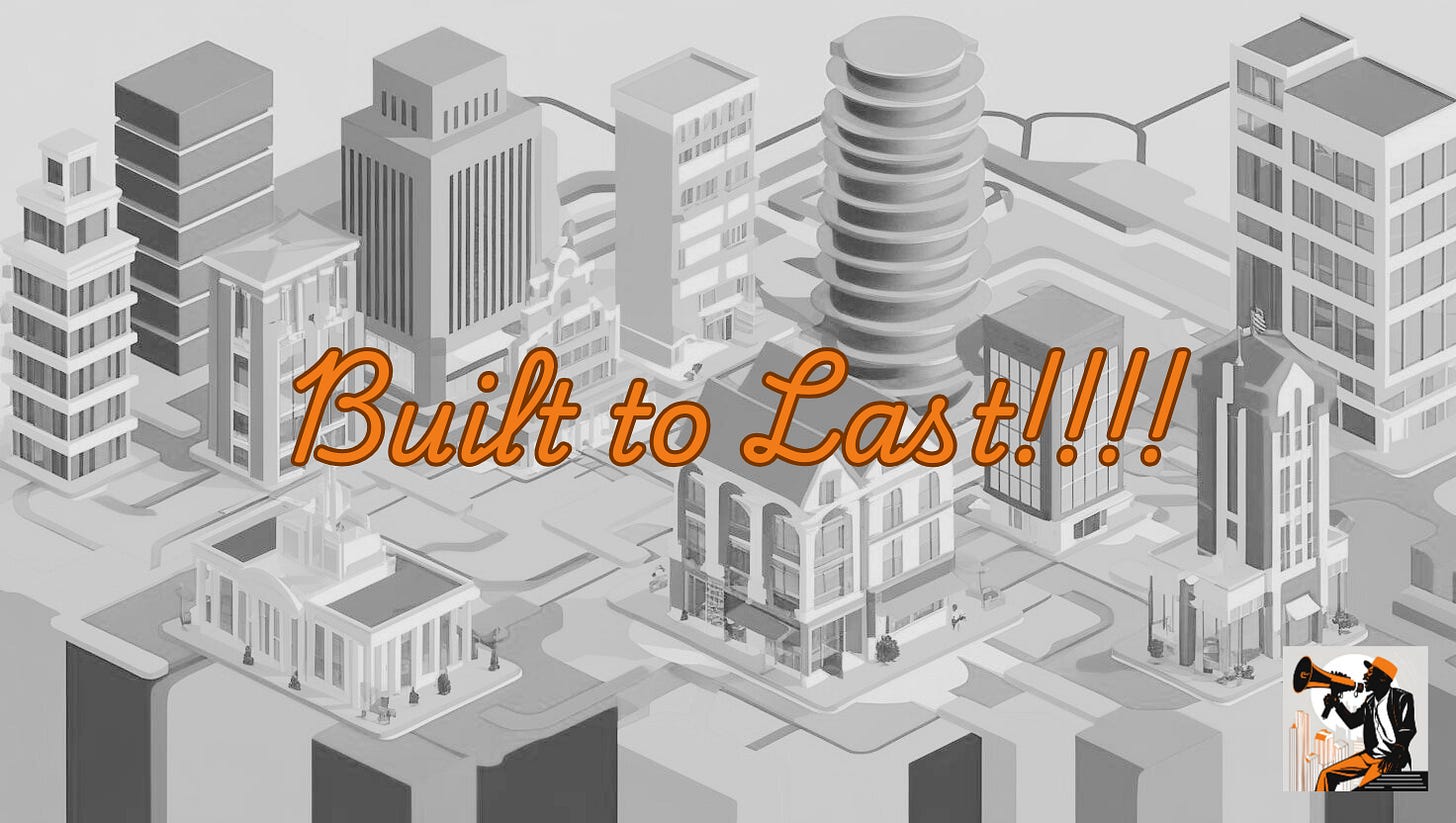My wife has this ritual: every few weeks, she'll casually mention how our home "could use a refresh." Next thing I know, I'm staring at another Ikea product with their impossible-to-pronounce names. What surprises me every time, apart from their names, is their price. It's always lower than my best guess – stubbornly, consistently lower. As an MBA, I wonder about why the slow drift toward "maximizing shareholder value" never happened. I find myself marveling: after decades of leadership changes they're still obsessively true to their founder's mission of making good design affordable for everyone. In a world where mission statements are usually just corporate poetry, that's nothing short of remarkable.
Look around and you'll find these rare companies that treat their mission statements as constitutions rather than marketing copy. Novo Nordisk has spent a century focused on diabetes care, turning down countless opportunities to diversify into more profitable pharma segments. Bosch remains privately held, channeling 94% of its profits back into research and development, true to its founder's belief that long-term innovation matters more than quarterly profits. Tata Sons, perhaps most remarkably, has stayed true to its founding principle that community isn't just a stakeholder – it's the very purpose of business. Even today, 66% of the parent company is owned by philanthropic trusts, ensuring profit remains a means to serve society, not an end in itself.
But for every company that guards its mission like a sacred flame, dozens let it fade into corporate mythology. Remember when Johnson & Johnson's credo about putting patients first was so sacred they pulled Tylenol off every shelf in America despite no legal obligation? Today, they're battling headlines about talcum powder litigation. Or look at Wells Fargo, founded to serve Gold Rush miners with integrity, whose mission of trust devolved into cross-selling scandals. These companies didn't fail – they're still enormously profitable. They just stopped being who they promised to be.
We love to romanticize this consistency. "Built to last," we say admiringly. But here's the thing that keeps me up at night: lasting isn't just about survival or thriving. Johnson & Johnson thrived. Wells Fargo thrived. Technically. But, they're shadows of what they were meant to be. Their souls didn't survive the journey.
This haunts me during my entrepreneurial fantasies. You know the ones – where you're building something meaningful, something that might actually make the world a fraction better. But then the cold reality creeps in: how many great companies have been killed by their own children? Not through malice, usually. Just through the slow erosion of what made them special in the first place. Death by ambitions of personal wealth. Death by quarterly earnings. Death by MBAs like me. Death by "we need to evolve to today's environment."
That's what led me down the rabbit hole of Enterprise Foundations. When Ikea's founder Ingvar Kamprad set up the company's ownership structure, he wasn't just doing clever tax planning (though I'm sure his accountants were happy). He was trying to solve a problem as old as civilization: how do you make something outlive its creator?
The answer, it turns out, isn't about control – it's about constitution. Take Rolex. The Hans Wilsdorf Foundation doesn't just own Rolex; it embodies a promise: keep making exceptional watches, use the profits for good. No shareholders demanding cost-cutting. No heir apparent pushing for a smartwatch line. Just a simple mission, protected by structure rather than sentiment.
It's the corporate equivalent of the Pyramids – built not just to be big, but to endure. While everyone plays quarterly chess, these companies are playing a game that spans centuries. Meta might have given Zuckerberg imperial control, but even emperors face the succession problem. What happens when the founder's grandchildren prefer yachts to yearly planning?
The irony is delicious: in trying to disrupt everything, we've forgotten how to build anything that lasts. We've got founders with sub-10% stakes talking about hundred-year visions, like someone renting a house but talking about their great-grandchildren living in it.
I'm not pretending I've cracked some grand secret here. My own company exists mainly in Chrome tabs and traffic-fueled imagination. But I'm becoming obsessed with this idea of building something that outlasts not just market cycles, but generations. Something that stays true to its purpose not because of some founder's iron grip, but because staying true is woven into its DNA.
The Enterprise Foundation model might not be perfect. But at least it's an attempt to solve the right problem. In a world where "long-term" usually means next quarter, these organizations are asking a different question: How do you build something that stays itself?
I've got more digging to do build a sophisticated Robin Hood model that creates value rather than redistributing it. More structure diagrams to decipher, more founding documents to study. Consider this Version 1.0 of my thinking. But maybe that's fitting – after all, anything built to last needs room to grow.



